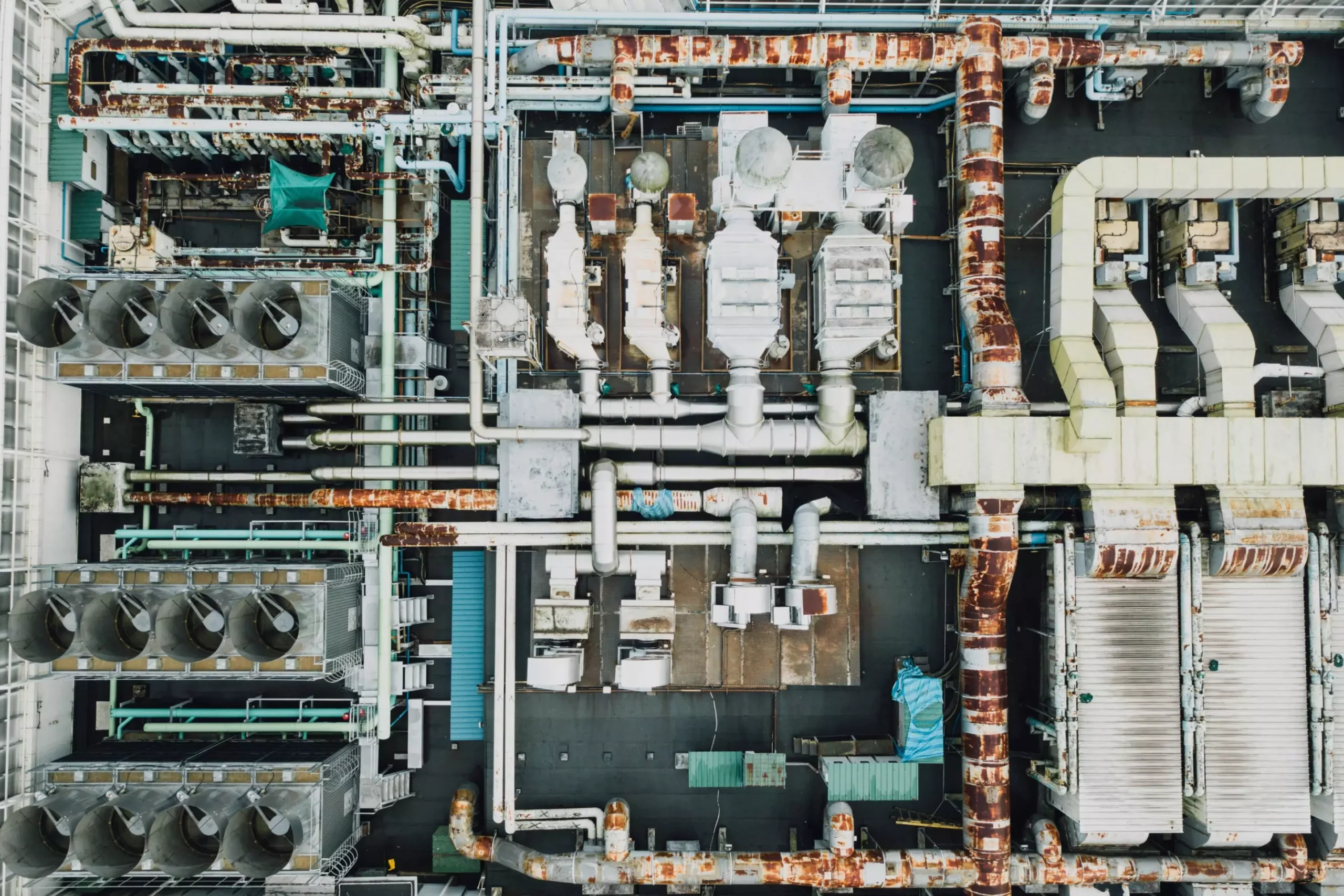At the forefront of technological innovation, the Interactive and Robotic Systems Lab (IRS) at Universitat Jaume I (UJI) in Castellón has unveiled a state-of-the-art manipulator robot. This mobile, lightweight, and modular system epitomizes adaptability, allowing it to function across a variety of hazardous environments. Its design caters specifically to operational scenarios that pose risks to human health, initially directing its capabilities toward the inspection of plastic pipes. By integrating probing techniques with artificial vision, this robot not only showcases advanced engineering but also emphasizes safe operations in challenging conditions.
3D Perception and Remote Operation
A significant feature of the IRS group’s innovation is its remote control station, which is equipped with 3D perception technology. This capability supports the operator by providing a detailed and immersive environment for monitoring and manipulating the robot’s actions from a safe distance. Additionally, a modular and multi-device 3D simulation software has been developed, incorporating a digital twin system that enhances operator training. Such comprehensive training tools ensure that users are well-prepared for the intricacies of operating in dangerous settings.
The use of this robotic technology extends beyond mere pipe inspection; its applications are expansive, including critical areas such as nuclear energy facilities and particle accelerators. In these high-risk environments, the ability to conduct thorough inspections without endangering human life is invaluable. Furthermore, the dynamic nature of the manipulator robot allows it to easily adapt for use in other challenging sectors, such as healthcare and education, where safety is paramount.
Another notable aspect of this project is the integration of a Robot Operating System (ROS)-based server with multiple clients, enhancing the robot’s capabilities to meet specific mission requirements effectively. The emphasis on hardware advancements such as low weight, minimal power consumption, and enhanced mobility solidifies the robot’s ground as a leader in modern robotics. Each feature, from wireless communications to various vision devices, demonstrates the project’s focus on creating a system that is not only capable but also economically viable.
The achievement of this technology stems from the collaborative efforts made under the European project “EU H2020 El-Peacetolero,” which includes partnerships with eight other prominent European universities and research centers. Such collaborations foster a rich environment for knowledge exchange and innovation. UJI is committed to the successful transfer of this technology to the industry, facilitated through partnerships that ensure the practical application of research outcomes. The efforts by UJI’s Cooperation and Technological Development Office amplify the institution’s dedication to advancing scientific, technical, and humanistic knowledge.
The development of this mobile manipulator robot represents a significant leap forward in robotic applications for hazardous environments. It reflects a blend of cutting-edge technology, collaborative innovation, and a commitment to enhancing safety and efficiency in sectors that critically require such advancements. As this technology evolves, it holds the promise of transforming how we deal with risks in intricate and hazardous operational landscapes.


Leave a Reply